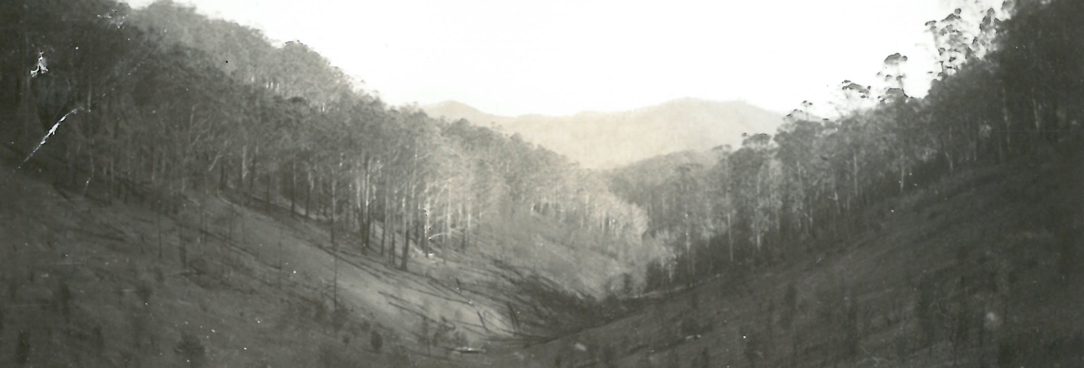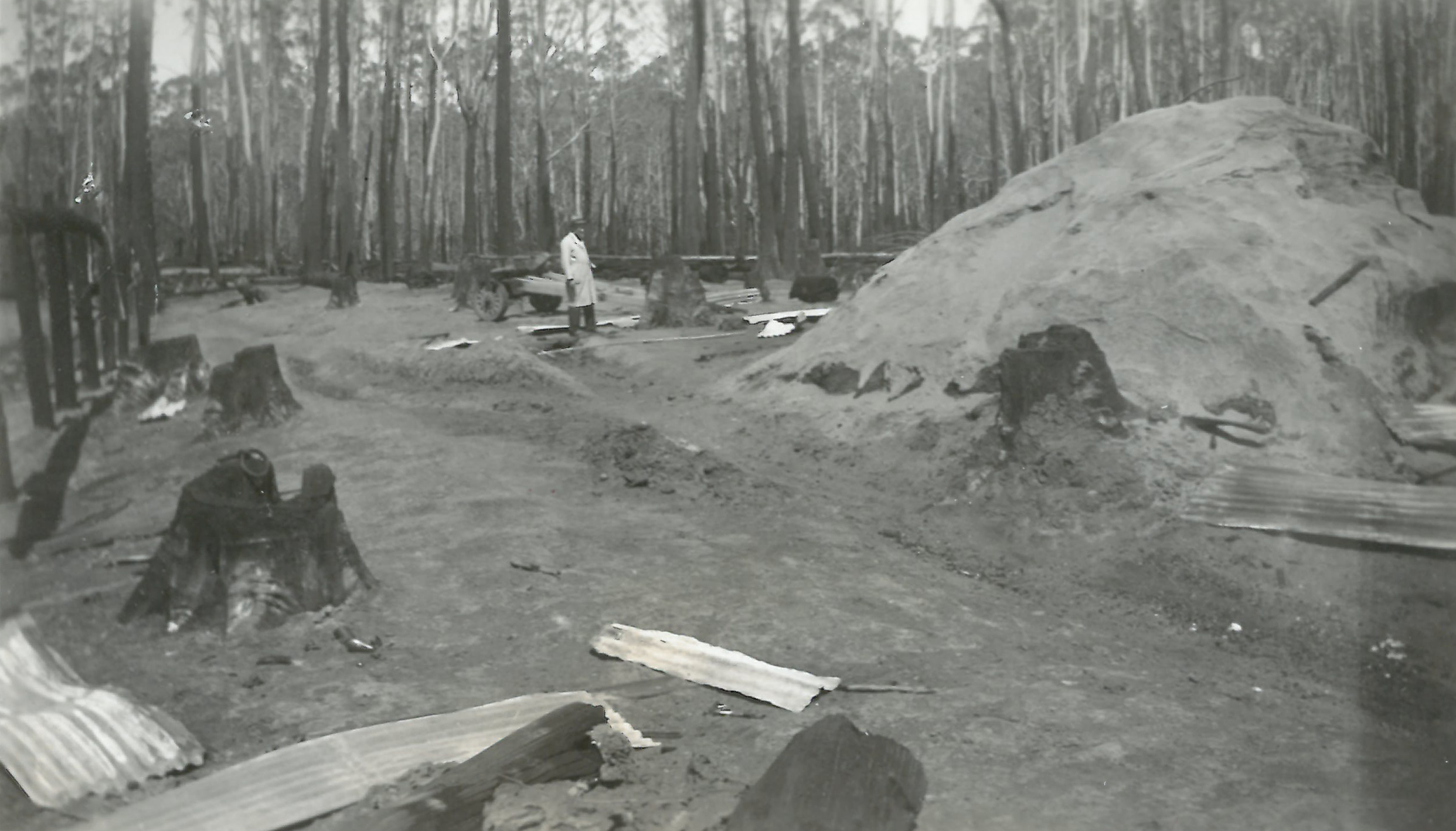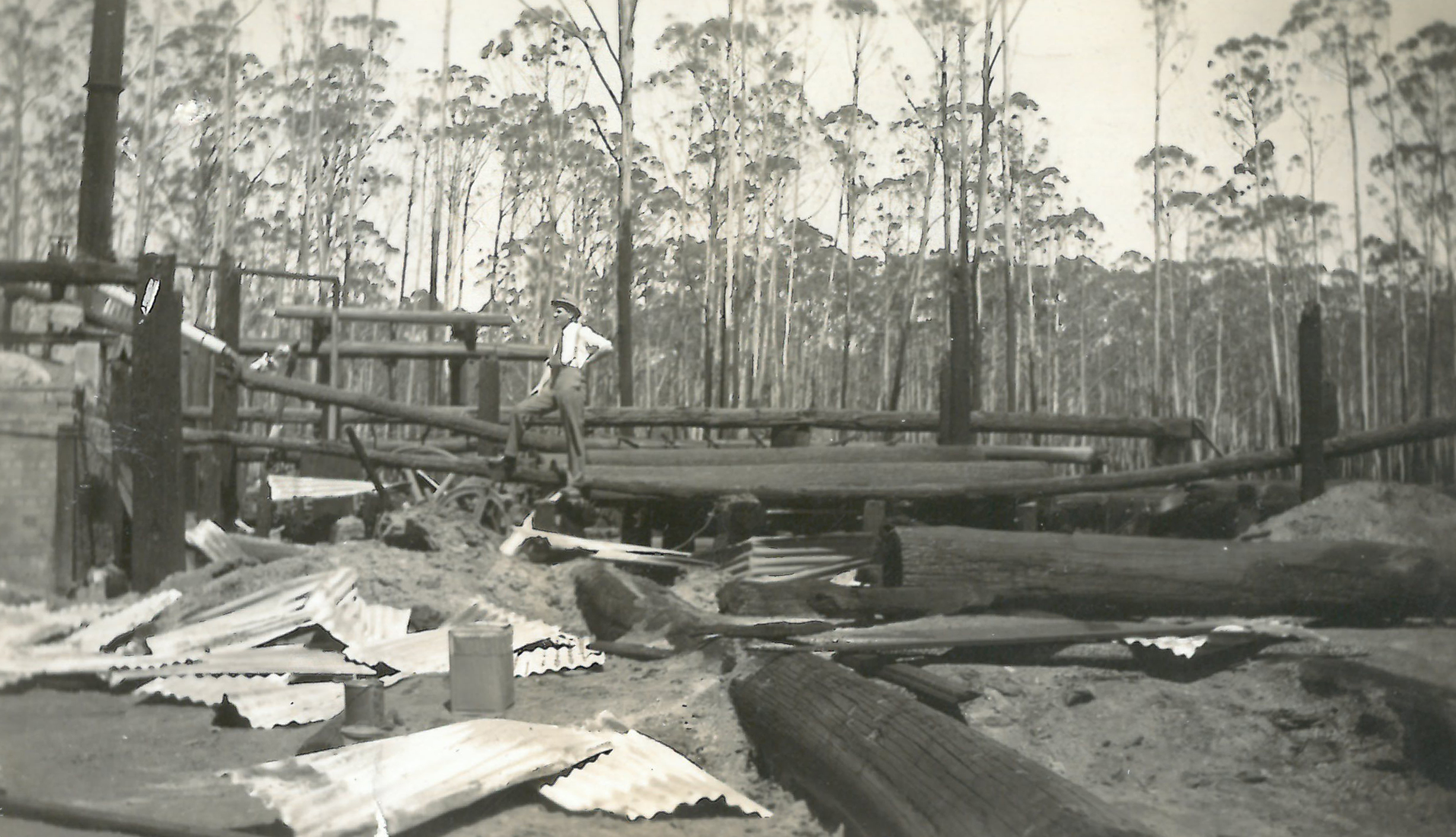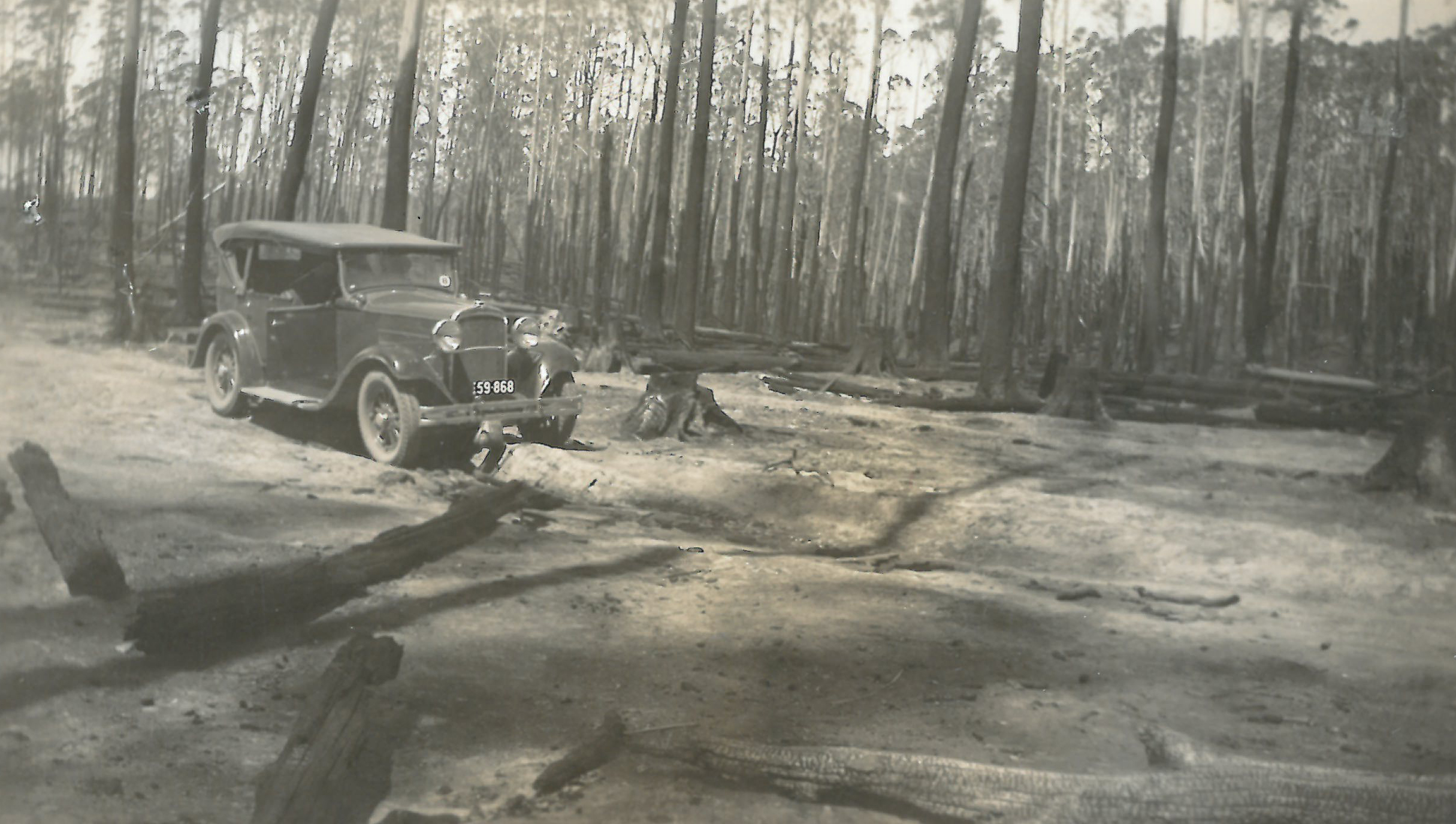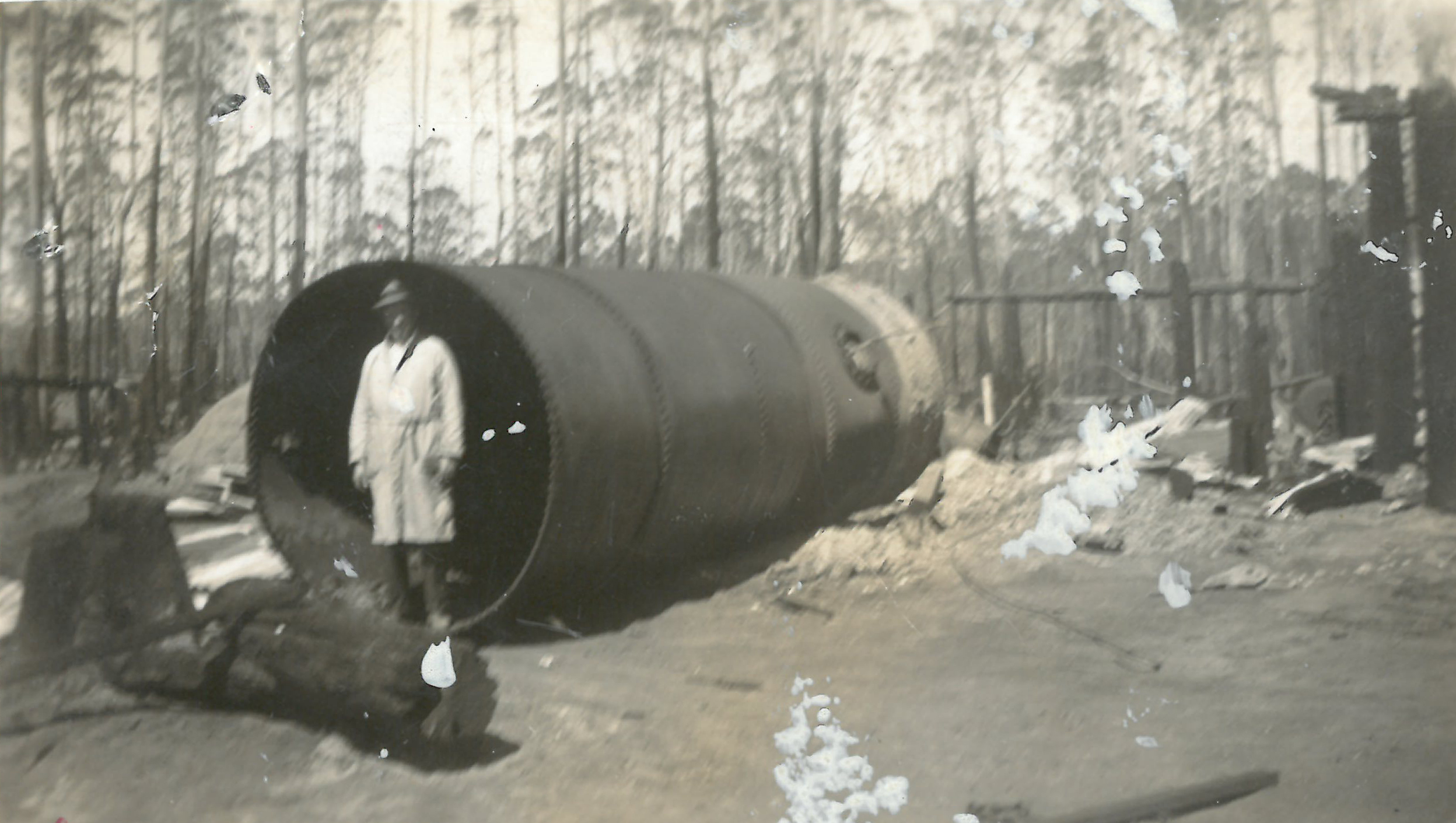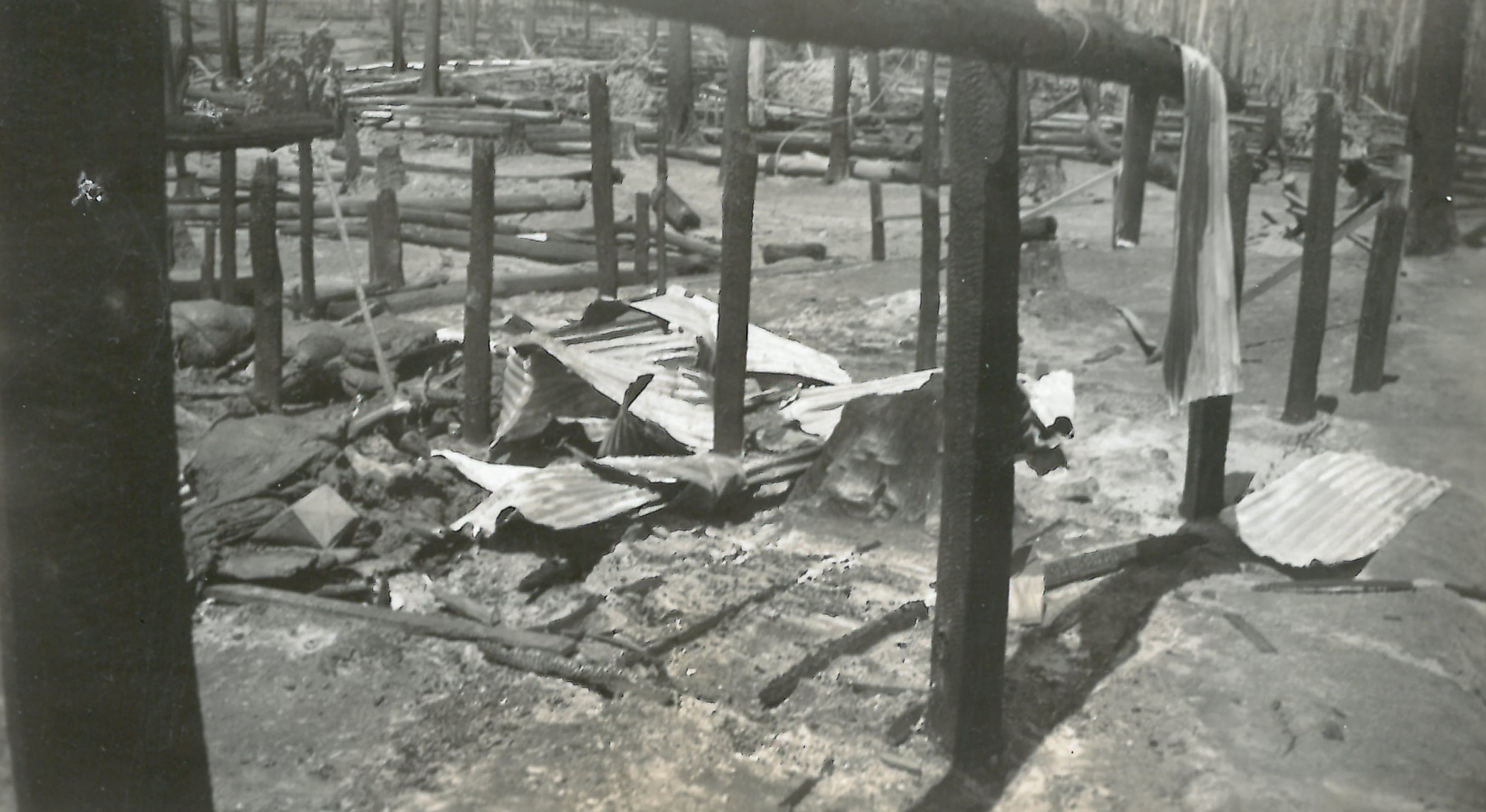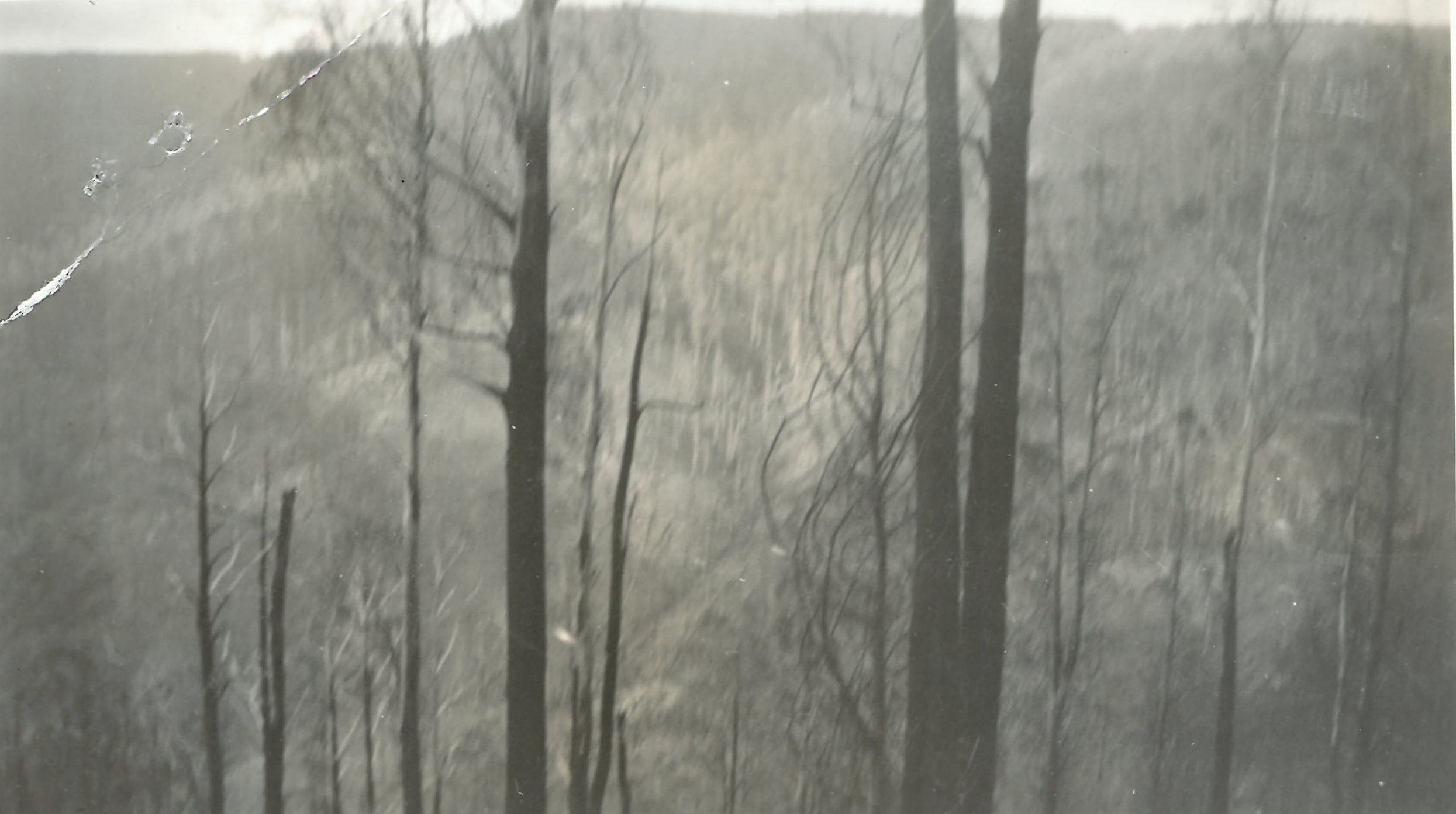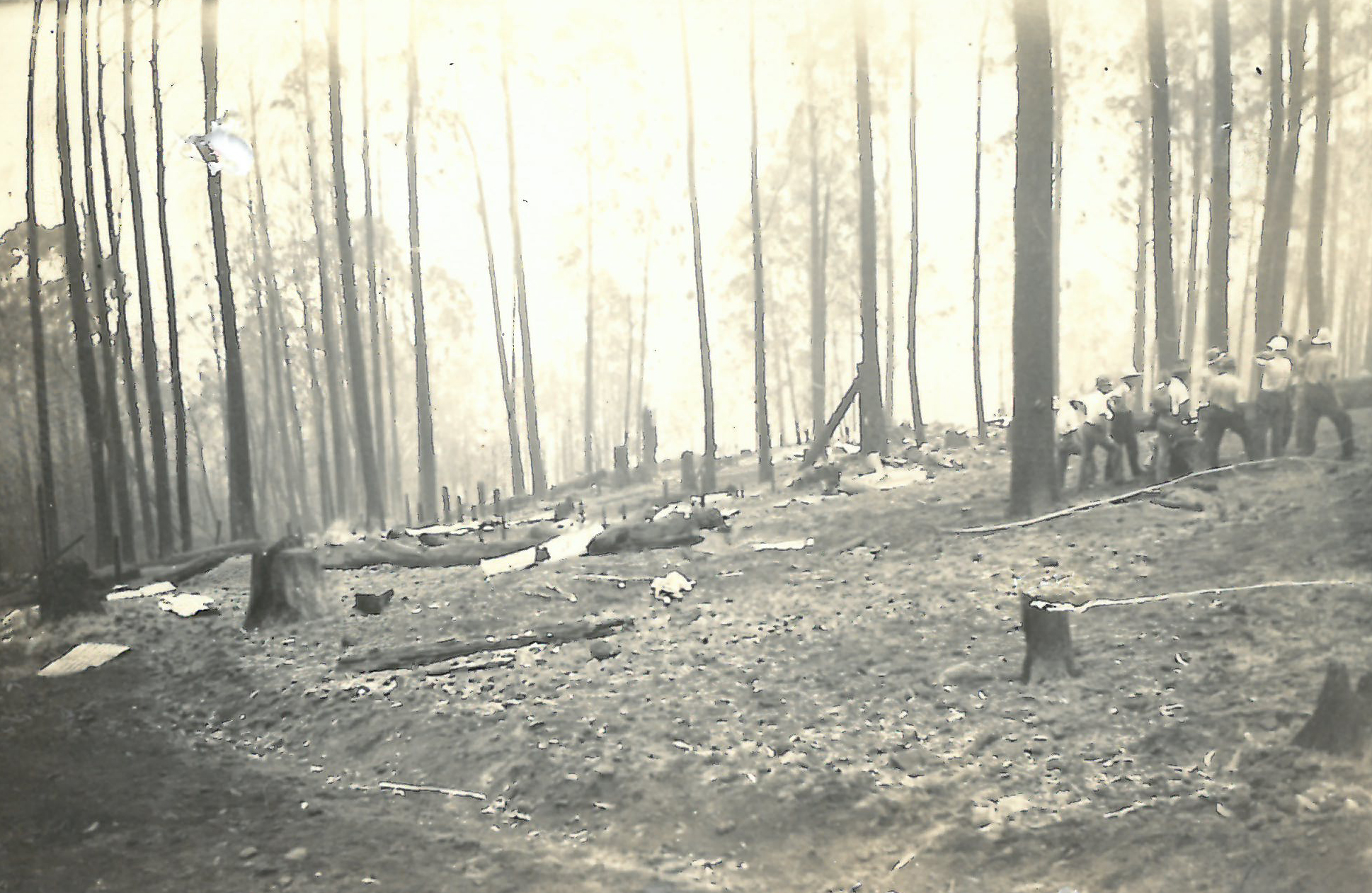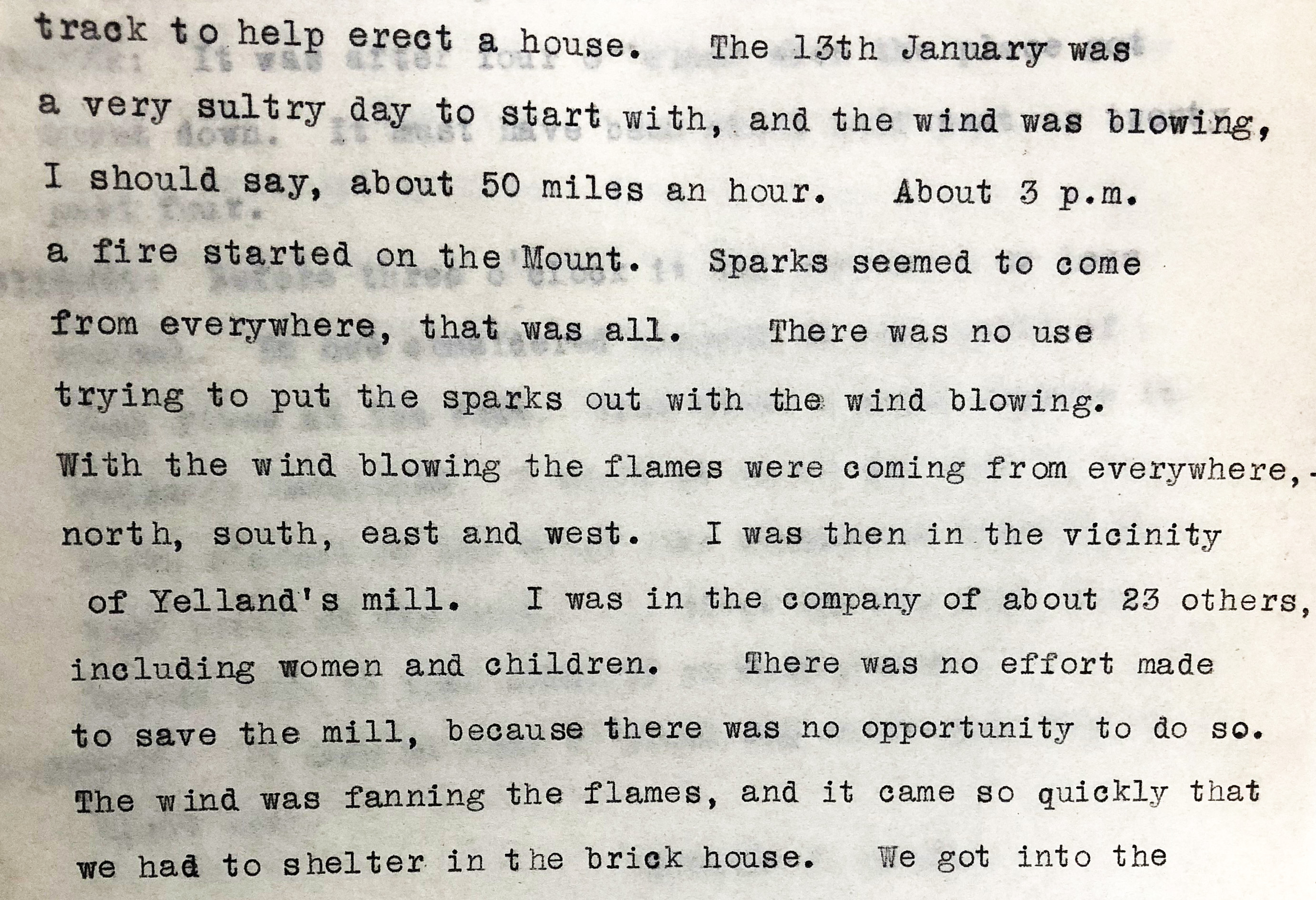
Author: Tara Oldfield
Senior Communications Advisor
The 13th of January marks the 80th anniversary of the devastating Black Friday bushfires of 1939.
The Black Friday fires
Black Friday was the culmination of a long, dry and hot summer following years’ long drought. Many creeks and rivers had dried up and people living in Melbourne were on water restrictions. Dry heat and hot winds sapped much of the moisture from the ground, leaving forest floors and the open plains tinder dry.
Prior to 13 January, many fires were already burning. Some had started as early as December 1938, but the majority had started in the first week of January. By the 13th, fanned by extremely strong winds, these fires had swept rapidly across large areas of Victoria, causing widespread destruction. An area of almost two million hectares was burned across the state, with 71 people losing their lives. Whole townships were destroyed, many sawmills burned to the ground and thousands of sheep, cattle and horses were killed.
The intensity of the fire produced huge amounts of smoke and ash, with reports of ash falling as far away as New Zealand. The devastation ended late on Sunday 15 January after rain fell across the state.
Inquest
Photos contained within the inquest records held in our collection reveal the aftermath of these fires, in particular at Fitzpatrick’s Mill and Yelland’s Mill where many deaths occured.
In the inquest documents, George Ivan Sellers describes what occurred at Fitzpatrick's Mill:
“On the 13th January 1939 I saw smoke arising from where I was working at the mill. It is difficult to say in which direction it was. The forest had a general pall of smoke. On the Tuesday night, it seemed to be coming from a north-westerly direction. Early in the morning of the 13th January, I was at Fitzpatrick’s mill. I was working. I was clearing a fire-break around the mill. All the employees were doing that work, also the Fitzpatrick’s themselves. About 3pm on that day, it got very black. We worked on the fire-break until about 3pm and then we could see the fire was getting a bit nearer. We started to get our personal belongings. We were getting them out of the huts and so forth. We realised that there was danger then…
I noticed the flames coming at a quarter past three. They came up like a racehorse; a tremendous gale was blowing at the time. No one appeared to take charge of the men. It was every man for himself.”
Other testimony reveals the catastrophe of the other fires.
The inquest records can be ordered and viewed in our Reading Room here.
Warning some of the photos within the inquest, not shown here, are very graphic and may be upsetting.
Royal Commission
Three weeks after the bushfires, a Royal Commission was convened with Judge Leonard E B Stretton selected to lead the inquiry. He found that although the summer had been extremely hot and dry following a long period of drought, the fires that resulted in Black Friday came from a combination of human causes. Land owners, graziers, miners, forest workers and campers either deliberately or carelessly contributed to the 1939 fires by lighting fires before 13 January. The causes included burning off for land clearing and grass growth, lighting campfires, inappropriate sawmill operations and domestic fires.
Many of these fires were still smouldered when the hot, dry, windy conditions occurred on 13 January, 1939.
Judge Stretton wrote in his report:
“It will appear that no one cause may properly be said to have been the sole cause', however the fires were 'lit by the hand of man.”
Royal Commission records in our collection include:
Resources
- Much of the history contained within this blog post was taken directly from the Forest Fire Management Victoria website where there is additional information on the 1939 and other bushfires in Victoria.
- The State Library of Victoria also has a section on their website dedicated to Bushfire resources including the 1939 fires here.
Material in the Public Record Office Victoria archival collection contains words and descriptions that reflect attitudes and government policies at different times which may be insensitive and upsetting
Aboriginal and Torres Strait Islander Peoples should be aware the collection and website may contain images, voices and names of deceased persons.
PROV provides advice to researchers wishing to access, publish or re-use records about Aboriginal Peoples
